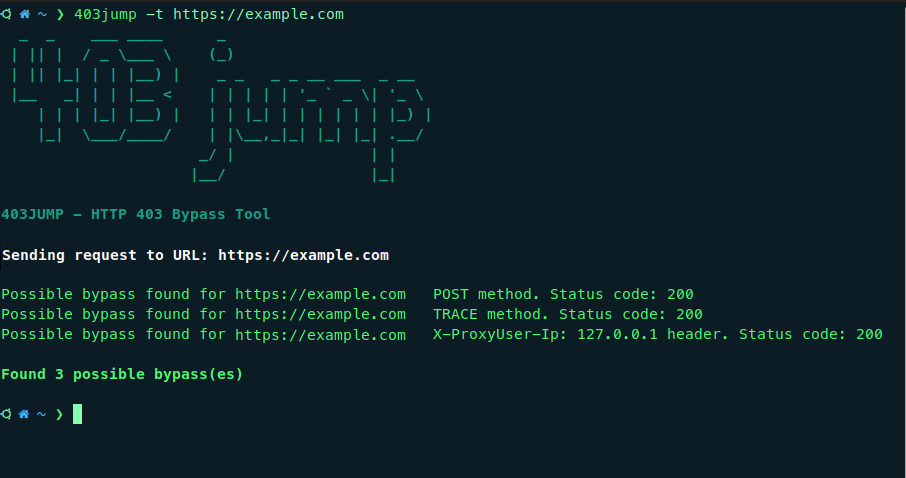BOOK THIS SPACE FOR AD
ARTICLE ADA Comprehensive Exploration of the Blockchain Time Warp Vulnerability: Understanding Its Working Principle, Exploitation Methods, and Effective Preventive Measures | 2023
Introduction:
In the realm of blockchain technology, security vulnerabilities can pose significant risks to the integrity and reliability of decentralized systems.While popular vulnerabilities like the 51% attack and double spending are widely discussed, there are lesser-known vulnerabilities that can also compromise blockchain networks.This article focuses on one such vulnerability called the Blockchain Time Warp Attack.We delve into its working principle, methods of exploitation, preventive measures, and more, to shed light on this important aspect of blockchain security.Working Principle:
The Blockchain Time Warp Attack targets the consensus algorithm used by a blockchain network, specifically the block timestamp mechanism.The block timestamp serves as an essential component in determining the order of transactions and maintaining the blockchain’s chronological integrity.By manipulating the block timestamp, an attacker can distort the perception of time within the network, leading to potential disruptions and compromises.How to Exploit:
The attacker first identifies a blockchain network that relies heavily on the block timestamp for consensus.Through various techniques, the attacker gains control over the network’s nodes or possesses a significant mining power.The attacker then manipulates the block timestamp by setting it to an earlier time, creating a time discrepancy within the network.By creating multiple alternative branches with manipulated timestamps, the attacker can disrupt the chronological order of transactions and potentially revert or modify previously confirmed transactions.Preventions
Consensus Algorithm Enhancements
Blockchain networks can adopt consensus algorithms that are less reliant on block timestamps, such as Proof of Stake (PoS) or Byzantine Fault Tolerance (BFT).These alternative algorithms prioritize other factors, like stake or reputation, to determine the order of transactions, making them less susceptible to time manipulation attacks.Timestamp Consensus Mechanisms
Implementing timestamp consensus mechanisms can increase the network’s resistance to time manipulation attacks.Timestamp consensus mechanisms involve multiple nodes reaching a consensus on the correct timestamp for each block, reducing the influence of any individual node.Network Synchronization:
Ensuring accurate network time synchronization across nodes can mitigate the impact of time manipulation attacks.Implementing protocols like Network Time Protocol (NTP) or blockchain-specific time synchronization mechanisms helps maintain a consistent and reliable perception of time.Immutable Timestamps:
Blockchain networks can adopt immutable timestamping services, such as trusted third-party or decentralized timestamping solutions.These services provide an external reference point for timestamp verification, making it harder for attackers to manipulate timestamps without detection..png)
 11 months ago
57
11 months ago
57 














 Bengali (Bangladesh) ·
Bengali (Bangladesh) ·  English (United States) ·
English (United States) ·